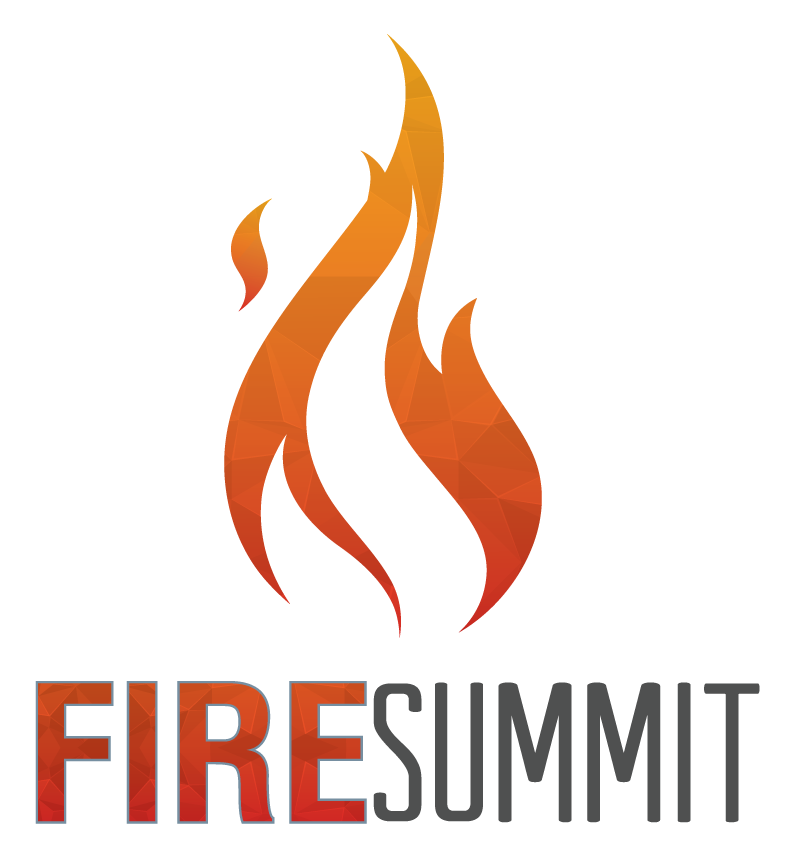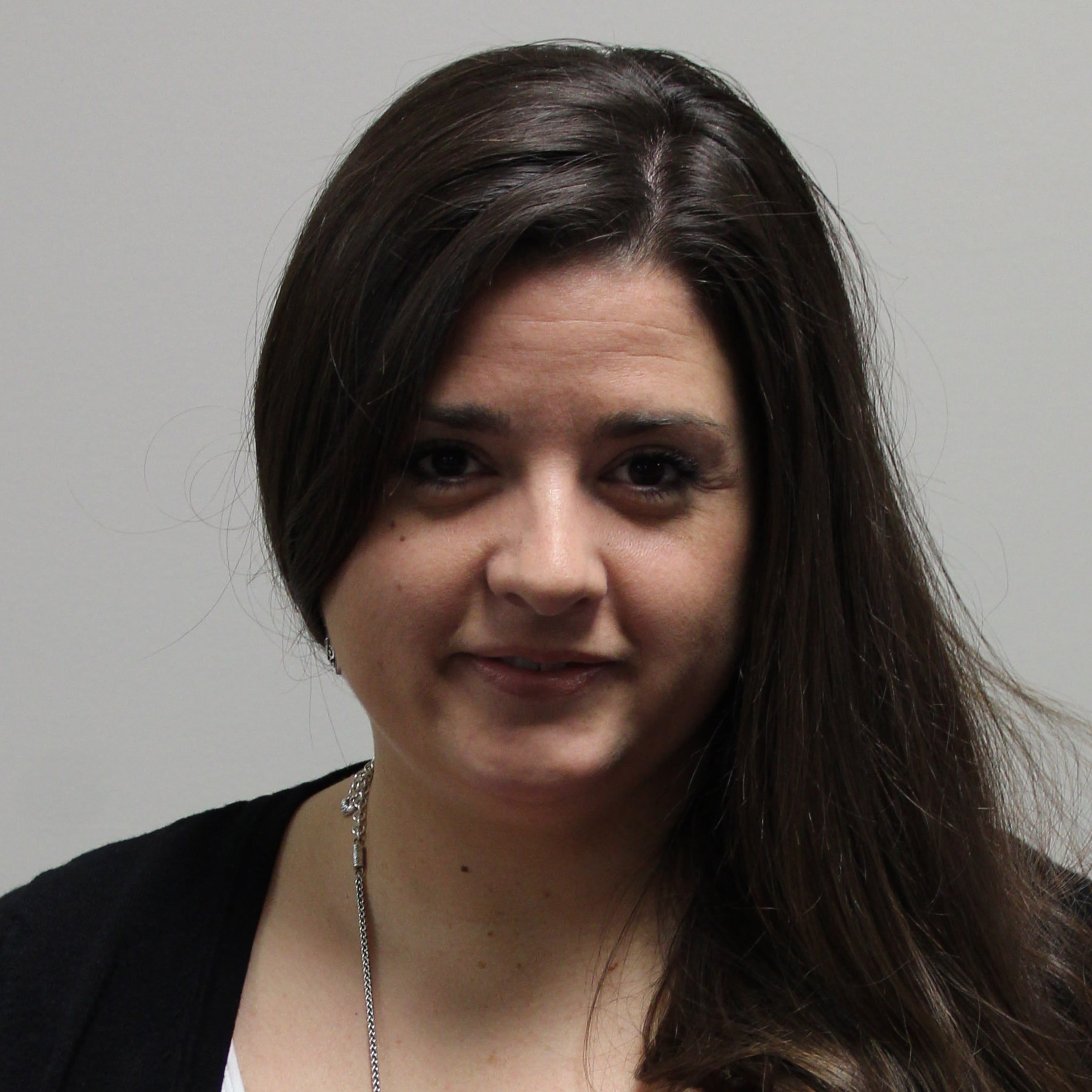Snapshot
Our “Virtual Game” is Strong
I’ve been teaching for 11 years now, I feel as though my Math and Reading “game” grows stronger every year. I recently asked myself, how can I grow my Science and Social Studies “game”. I believe I’ve found the answer, Virtual Reality! I want to take my students beyond the walls of the school. I want parents to ask their child when they get home, “you went where today”. I want to create excitement and engagement amongst my class around Science and Social Studies, something that I’ve struggled to do in the past. Pictures in books, videos on the internet are great resources, but what’s better? Actually feeling like you’ve been there. That’s what the Oculus Virtual Reality headsets can provide. What was once thought as an expensive, but awesome Christmas gift has now been adapted for educational enjoyment. The Oculus Quest 2 creates an entire digital environment, a 360-degree, immersive user experience that feels real. It provides students with immersive learning experiences that bring your lessons to life. With VR students aren’t limited to word descriptions or book illustrations, they can explore the topic themselves. Students have the opportunity to learn by doing rather than just reading or hearing about it. Think of the endless possibilities when teaching geography, history, variation of traits, molecules, Earth’s place in the Universe, etc. Virtual Reality is the next big thing in education, these experiences will inspire a whole new generation of young and bright learners. I want to make knowledge available and accessible to my students from our very rural area. Using technology that provides an immersive and riveting experience will help combat those students who experience difficulties concentrating and staying focused. Using the Oculus Quest 2 will help students concentrate on what is literally right in font of them. As well, this piece of technology meets the needs of all seven learning styles.
To evaluate the effectiveness of the Oculus VR headset I plan to choose two units from each subject area (Science and Social Studies). I plan to teach those two units prior to the arrival of the VR sets. I will assess both units recording the scores of those assessments. I will then re-teach the lessons incorporating the Oculus Quest, reassess, and compare scores. As well, I will do a pre and post survey evaluating overall engagement, noting student behavior and student feelings towards the VR experiences.
2022 Spring FIRESUMMIT:
2021 Fall FIRESUMMIT:
What happened to Overhead Projectors
What happened to the overhead projectors we all had as children growing up in the classroom? I’ll tell you what happened to them, they got COOL! You may not have heard of the Learning Glass, think the 2021 tech savvy, way cooler version of the overhead projector. The Learning glass lightboard is a 35 inch specialized piece of glass that has LED lighting that creates a transparent white board to illuminate writing with neon markers. The “E glass” as it’s referred to uses illumiclear technology and can be paired with a camera, iPad, or iPhone. The teacher faces the camera and writes normally and the internal mirrors flips the images automatically. As well you can insert PowerPoints or any other image you wish to add to the presentation. Not only is it awesome, it’s a game changer for both virtual and in person teaching. We all know as educators how important eye contact and classroom management are in enhancing learning. At every grade level maintaining management and engagement is key to the success of the students. However, this becomes increasingly difficult while teaching with you back to the students. I have created great lessons, but I always feel when using my whiteboard I have spent part of that lesson with my back to my students. With my primary students, this is always problematic. The E Glass is more than just a tool, it’s a completely new way to visua11y engage students. With the Learning Glass lightboard, students can see both the material and the teacher, creating a productive lesson every time. It provides the opportunity for the teacher to communicate visually with students regardless if they are in person or a distant learner. The learning glass was created for teachers during the pandemic to embrace the new hybrid model of teaching. Research shows that remote learners struggle to absorb information if they’re unable to see the instructor. The E Glass should be in every classroom and I want to be the first one in my district!
Student engagement and student behavior management will be evaluated by using a digital checklist. Prior to receiving the Learning Glass I will use a checklist to mark every time a student was off task, asked to re-focus, asked to look at the teacher, or asked to focus back to the material on the board. Upon arrival of the Learning Glass I will use the same checklist and compare the two when the evaluation period has ended.

